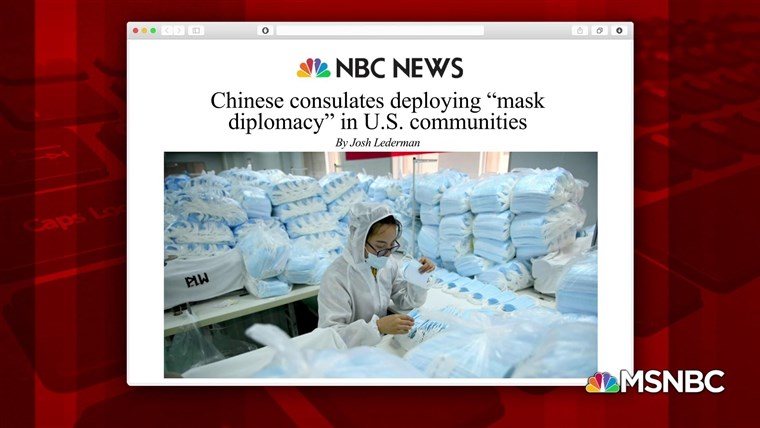The 2016 election ushered in a dark chapter for social media.
Russian ads, many aimed at persuading voters to cast their ballots for Donald Trump, populated feeds. Cambridge Analytica unethically data-mined millions of Facebook accounts on behalf of the Trump campaign, and then tailored political content to influence users.
In July, Facebook was hit with a record-breaking $5 billion fine as part of a settlement with the Federal Trade Commission, as well as new requirements to improve privacy and security following an investigation into Cambridge.
Facebook has also increasingly taken its own steps to promote trust. In 2018, it began requiring verification of the identity of entities paying for political ads on the social network, and required the ads to be labeled political. It later unveiled its Ad Library, a searchable ad database.
Comparitech, a “pro-consumer” website, recently conducted an analysis of political ads using the Facebook Ad Library and found, unsurprisingly, that there are still plenty of political dollars flowing to the network aimed at influencing voters. But some local experts say whether that money is well spent is an open question.
Comparitech examined public data dating from March 2018 to May 2019 in an attempt to find the biggest political spenders and their audiences. During that period, Facebook collected $616 million for ads for social causes, elections, or politics, including $12.5 million from Trump, the biggest spender. (Trump was followed by Facebook, Beto O’Rourke, ExxonMobil, and Concealed Online, a pro-gun group.) Of the “top” political advertisers — 45 in all — liberal causes greatly outspent conservative ones, $66.5 million to $33.1 million.
The study also looked at impressions — how many times the ad was viewed. Again, Trump leads with between 895 million and 2.8 billion impressions between March 2018 and June 1, 2019. Comparitech notes, “If they were evenly distributed, this would mean every American on Facebook saw between approximately four and 12 paid ads for President Donald Trump in that timeframe.”
Trump, they found, had 219,000 ads, or about 80,000 more unique ads than the other top 25 advertisers combined. The president also targeted more men than women (the only advertiser to do so among the top 25), and more people age 25 to 54 than any other major campaign. It was the only campaign to target less than 10 percent of ads to those younger than 25.
While Colorado rates high for ad spending compared to other states for both top liberal and conservative causes (generally ranking 4th to 12th as an ad-spending priority), the state is 20th for Trump campaign spending. That could be a reflection of polls that consistently show a strong majority of Coloradans disapprove of the president.
So do these ads really matter?
“My suspicion is that social media might be the direct mail of the 21st Century,” University of Colorado at Colorado Springs Political Science Professor Joshua Dunn says.
In other words, they’re not nearly as effective as face-to-face contact, but they’re a lot cheaper. He notes studies show that people aren’t easily persuaded by reading social media posts that contradict their beliefs, and money doesn’t always win elections. The one truly effective ad, he says, is a negative one, as it encourages an opponent’s voters to stay home.
“That’s why everyone pledges not to use them and then they always do use them,” he says.
Christopher Gorog, an author, Colorado Technical University professor and Chief Technology Officer at BlockFrame Inc., agrees about the negative ads — in fact he’s written a book about our brains’ bias toward negative information — but disagrees about the impact of social media.
“It’s a game-changer in the last couple years,” he says. “Anyone who has an idea that is able to emotionally trigger someone can put it in front of anybody.”
And there’s no need for legitimacy, which can lead to chaos in election season. “A person is intelligent,” he notes, “but people as a random compilation of interactions are very primal with their behavior.”
So will social media ads always work? Gorog doesn’t think so. He says older generations tend to be more susceptible to those messages, while younger people, who matured with the technology, tend not to trust them, and indeed to be numb to both legitimate and phony items.
Laura Eurich, the associate chair / director of Undergraduate Studies / Internship Director in the UCCS Communications Department, and a former Independent columnist, agrees, saying her young students use social media, but tend to avoid news and instead focus on lighthearted posts.
“When the world feels like a Dumpster fire, the last thing you want to maybe do is just jump into it,” Eurich hypothesizes. “Maybe you want to avoid it.”





